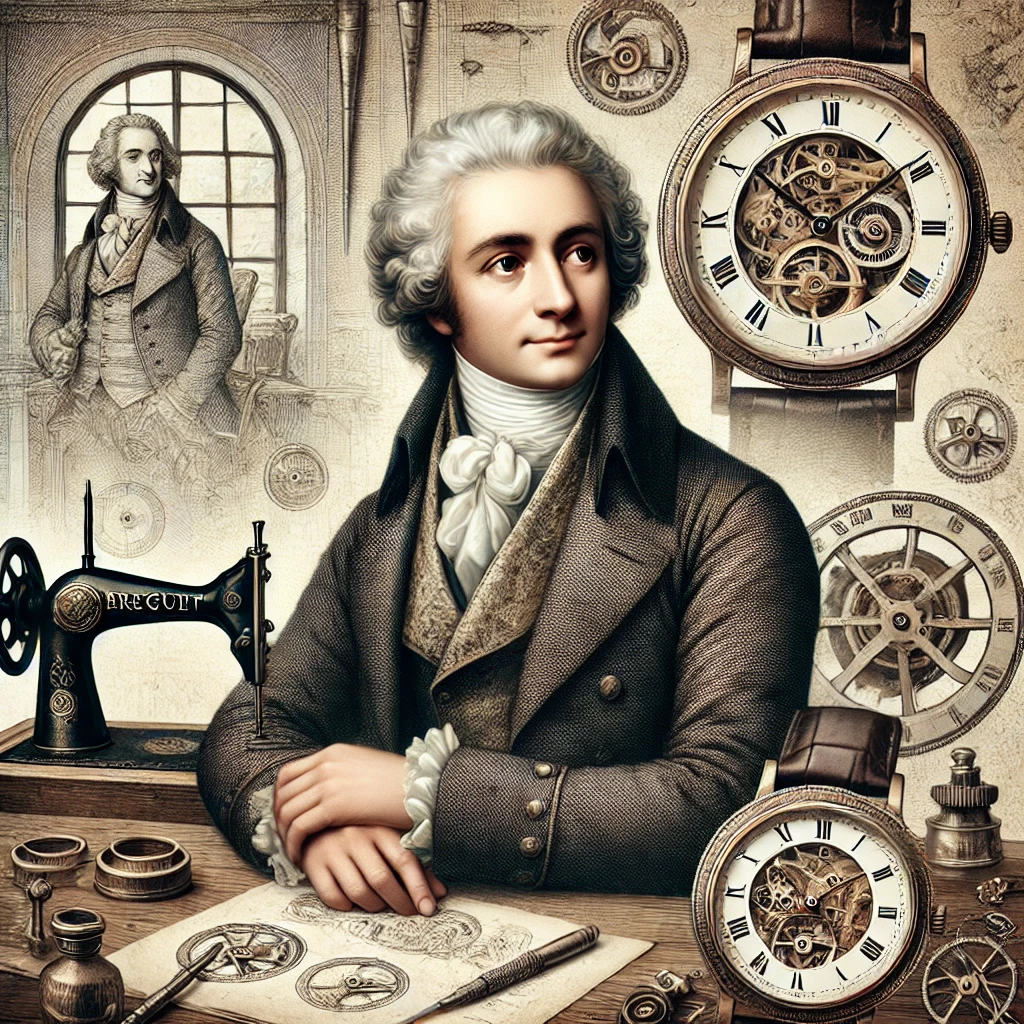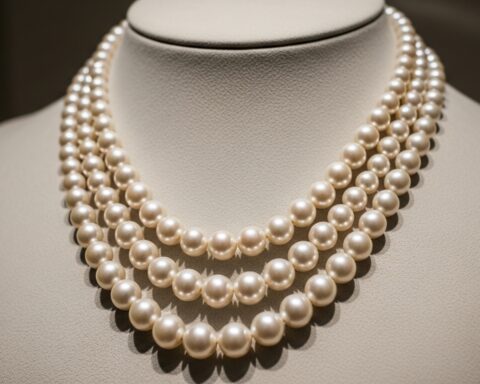The world of horology, much like a finely crafted timepiece, is built upon the intricate interplay of gears, springs, and levers. But behind these mechanical marvels lie the visionaries, the master watchmakers who push the boundaries of timekeeping and elevate it to an art form. Among these titans stands Abraham-Louis Breguet, a name synonymous with innovation, precision, and timeless elegance.
A Legacy Forged in Time
Born in Neuchâtel, Switzerland, in 1747, Breguet’s journey into the world of watchmaking began in his teenage years. He honed his skills in Paris, quickly establishing himself as a rising star in the horological firmament. His talent and ambition led him to open his own workshop in 1775 on the Quai de l’Horloge, a location that would become a pilgrimage site for watch enthusiasts and royalty alike.
Breguet’s genius lay not only in his technical prowess but also in his artistic sensibility. He understood that a timepiece was more than just a tool to measure time; it was an object of beauty, a reflection of personal style, and a testament to human ingenuity.
Innovations that Redefined Timekeeping
Breguet’s contributions to watchmaking are legion, each a testament to his relentless pursuit of perfection:
- The Tourbillon: Perhaps his most celebrated invention, the tourbillon (meaning “whirlwind” in French) was designed to counteract the effects of gravity on a watch’s accuracy. This ingenious mechanism, with its rotating cage housing the escapement and balance wheel, remains a symbol of horological mastery.
- The Perpetual Calendar: Breguet’s perpetual calendar automatically accounts for the varying lengths of months and leap years, freeing the wearer from the need to manually adjust the date. This complex mechanism, a marvel of miniaturization and precision engineering, is a testament to Breguet’s mastery of horological complications.
- The Breguet Overcoil: This seemingly simple innovation, a subtle upward curve at the end of the balance spring, significantly improved the isochronism (consistent timing) of the watch, leading to greater accuracy.
- The Breguet Hands: Even the hands of a Breguet watch are distinctive. His signature “pomme” (apple) hands, with their hollow, eccentric circles, are both elegant and functional, enhancing legibility and adding a touch of refinement.
A Watchmaker to Kings and Queens
Breguet’s clientele included some of the most influential figures of his time. Queen Marie Antoinette of France, a passionate admirer of his work, commissioned what would become known as the “Marie Antoinette” watch, a masterpiece of horological complexity that took decades to complete.Napoleon Bonaparte, another esteemed client, relied on Breguet’s timepieces for their accuracy and reliability.
Breguet’s legacy extends beyond his illustrious clientele. His innovations laid the foundation for modern watchmaking, inspiring generations of horologists to push the boundaries of precision and artistry. His timepieces are not merely instruments of timekeeping; they are works of art, historical artifacts, and symbols of enduring elegance.
A Timeless Legacy
Today, the House of Breguet continues to uphold the traditions of its founder, crafting timepieces that embody the spirit of innovation, precision, and timeless design. From the classic Classique collection to the sporty Marine line and the elegant Reine de Naples, Breguet watches remain coveted by collectors and connoisseurs worldwide.
Owning a Breguet is not merely possessing a watch; it is owning a piece of horological history, a testament to the enduring legacy of Abraham-Louis Breguet, the Mozart of watchmaking. His name, forever etched in the annals of time, continues to inspire and captivate those who appreciate the art of fine watchmaking.




